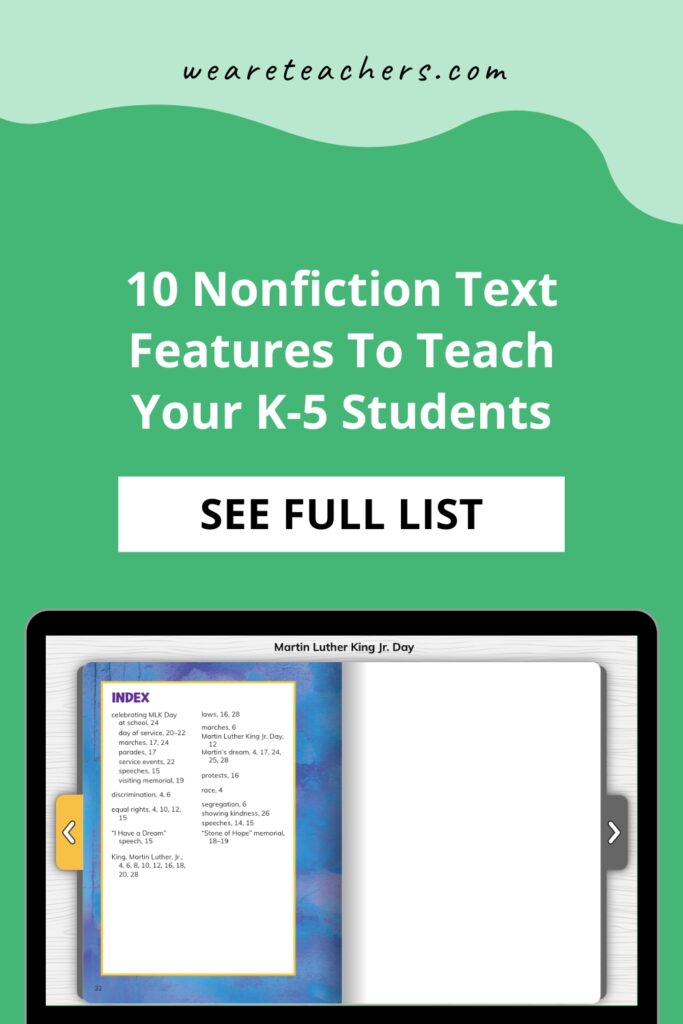Nonfiction reading is both powerful and essential for students of all ages. It’s also been historically underrepresented in elementary classrooms, according to research reviewed by the National Council of Teachers of English (NCTE). It is clear that incorporating nonfiction reading is important, but there are so many unique components that make it difficult for students to effectively access it. How can you start this work when kids are still learning to read? The NCTE suggests teachers “model how to navigate and enjoy nonfiction” and create opportunities for kids to “explore how nonfiction texts work.”
K-5 students love learning with nonfiction text features, and it’s important they know what they are and how they help. This orientation helps students begin to unlock the genre and can help set them up for future success. Plus, while practicing navigating nonfiction, they’ll be building essential background knowledge to help their reading across all areas. Win-win!
Teaching nonfiction text features in K-5
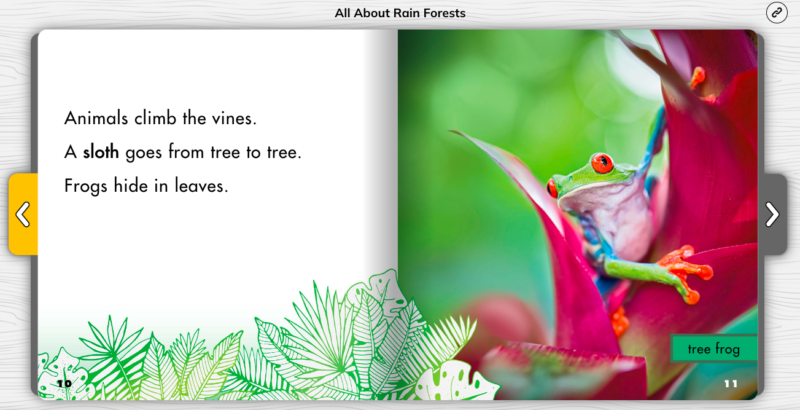
Tailor your instruction about nonfiction text features to be relevant and accessible to K-5 students. Here are some basic principles to keep in mind:
Read nonfiction aloud all year long
Kids learn from repeated exposure. Share nonfiction reading material that relates to your curriculum throughout the year. Name the nonfiction text features you see, and talk about how they help readers. Over time, these text features will become part of your classroom lexicon.
Use large- and small-group explicit instruction
Nonfiction reading in the primary grades requires support. Model how to use text features by showing enlarged or projected text that your whole class can see. Help kids practice accessing new nonfiction text features in grade-level print or digital texts by working with them in small groups.
Be picky about example texts
When introducing a nonfiction text feature, minimize distractions by choosing a text section that includes only that feature, or that feature plus others you’ve already taught. Select text topics carefully too. It’s exciting to share a wide range of informational books, but for instruction, stick with topics familiar to your whole class. For instance, if you’ve studied birds in science (or in PebbleGo), you could use a bird book to introduce labels. Then use another bird-related title to teach about using the table of contents to find information. With basic vocabulary and background knowledge already in place, kids can better hone in on the target text feature.
Which nonfiction text features should K-5 teachers introduce?
Prioritize the nonfiction text features most often found in elementary reading levels. Here are some top choices and a strategic order for teaching them.
Nonfiction Text Feature #1: Pictures
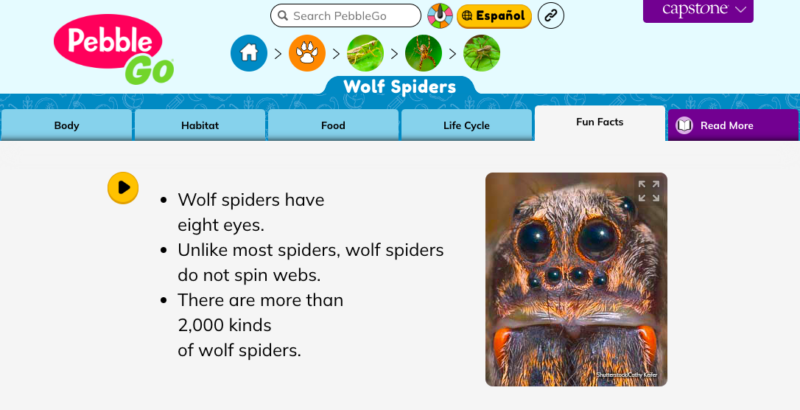
Pictures are a primary entry point into informational text for new readers. Like the image in the K-2 article shown above, pictures in informational text can be photographs or artwork. They help readers imagine the information being shared and can even teach them more. Talk about how various pictures were created or photographed and how they relate to the text. Discuss any additional information readers can learn from a picture. For example, did you know wolf spiders’ eyes are different sizes? Yikes!
Nonfiction Text Feature #2: Headings

Headings are titles for sections of text. Headings help readers locate information and know what to expect. Share text with headings in various formats and compare headings for paragraphs, pages, spreads, and multi-page sections. Together, practice finding and reading the headings. Notice the length and location of each text section and how the information relates to the heading.
Nonfiction Text Feature #3: Labels
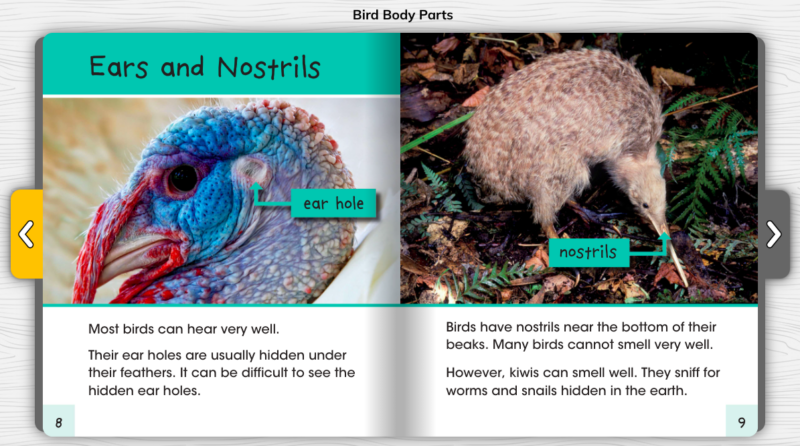
Labels are words on pictures that tell what the pictures show. They help readers know exactly what they’re looking at. Start by noticing labels for pictures that are familiar to students. Then, wow them by modeling how a label can teach readers what an unfamiliar picture shows—like bird nostrils! Learning about labels can lead into learning about captions, which explain a picture, as students’ books begin to include these.
Nonfiction Text Feature #4: Diagrams

Diagrams are pictures with labels for different parts. They are especially helpful for teaching readers how something looks or how something works. Diagrams often clarify the text or share additional information, so make sure kids know to stop and study them! Model reading each label in a logical order, paying attention to any arrows.
Nonfiction Text Feature #5: Table of Contents

A table of contents lists each section of a book. It helps a reader preview a text and approach it strategically by offering the option to jump straight to a certain point. First, use a table of contents to make predictions for what each section might teach. Later, model using a table of contents to flip to a section about a particular subtopic.
Nonfiction Text Feature #6: Bold Words
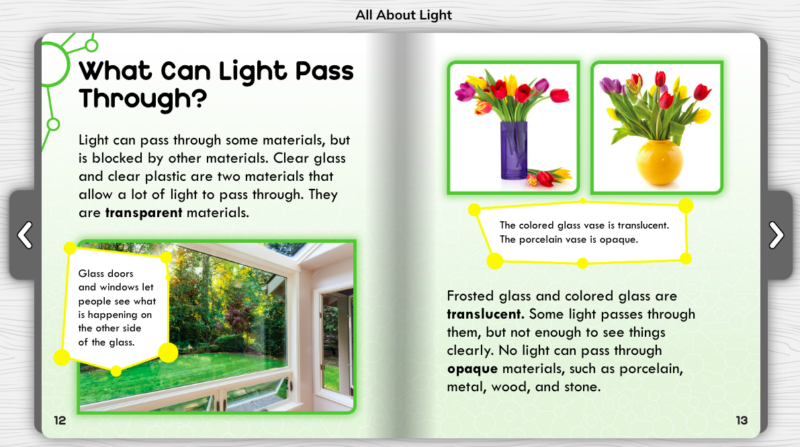
Bold words stand out from the other words in a text to show they’re important for understanding the information presented. Nonfiction books include lots of content vocabulary, so helping young readers prioritize key words to pause and think about is a big help. Start by sharing examples of bold words that get defined in the text. Then show kids how to refer to a book’s glossary to learn what a word means.
More nonfiction text features to challenge K-5 readers
Once kids become comfortable with nonfiction reading, they’ll be on the lookout for more nonfiction text features. When your students are ready to learn more, introduce features like:
Fact Boxes
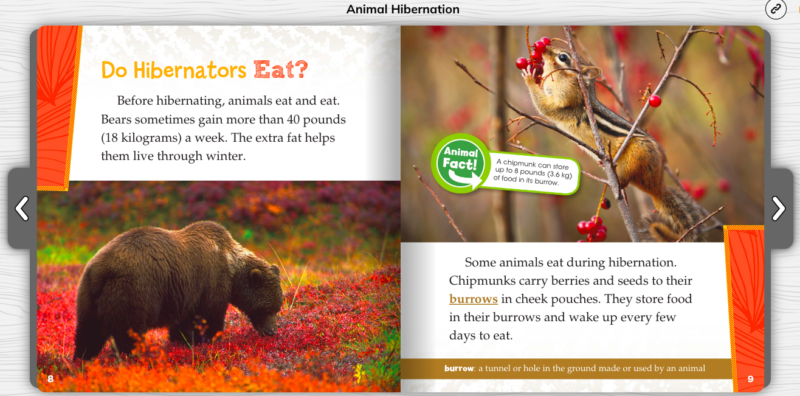
Teach kids how to read the main text first, then the fact. Talk about how the information connects.
Comparisons
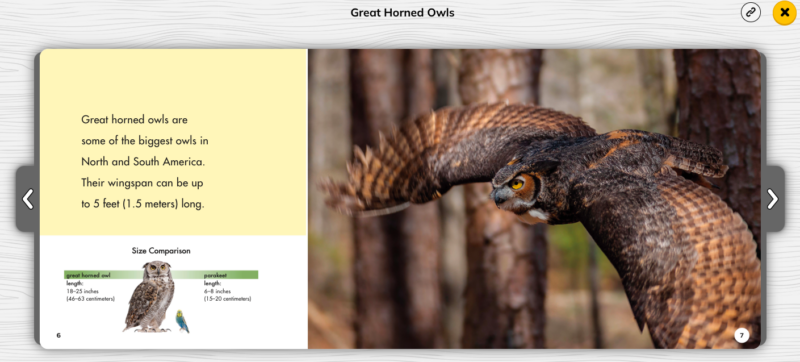
First, teach kids how to read numerical information in nonfiction text. Then show them how comparison diagrams can bring that information to life. Comparisons are especially great to introduce when you’re studying measurement or representing data in math.
Maps
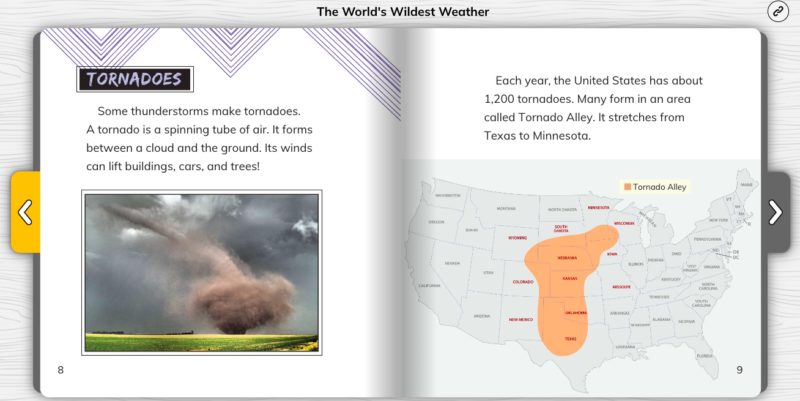
Introduce maps as a nonfiction text feature once kids have learned how maps work in social studies.
Index
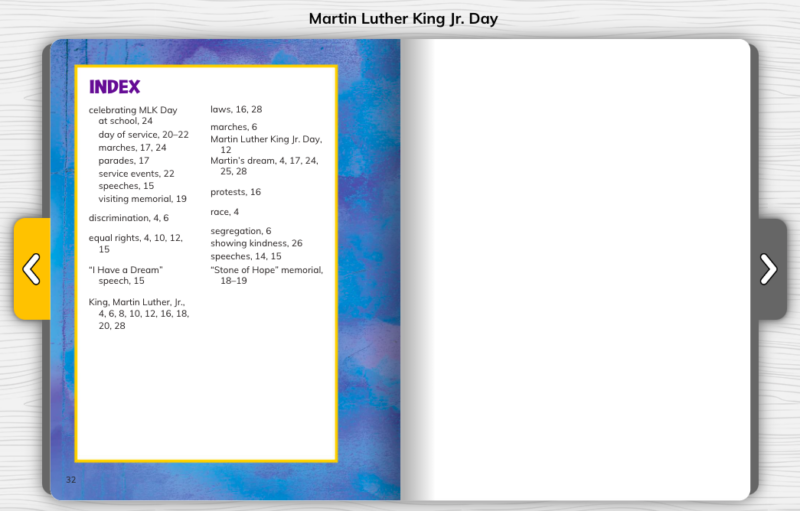
As kids build the skills they need to tackle research projects, teach them how to use an index to find information they want more efficiently.
To learn more about these text features and others characteristic of PebbleGo, like glossaries and source citations, visit Capstone today.
The example article and eBooks referenced above are a small sample of the thousands of nonfiction articles and fun, engaging eBooks from PebbleGo and Capstone Interactive. For an extended trial or preview of additional content, email rep@capstonepub.com and discover more content that elementary school kids love and teachers trust.
